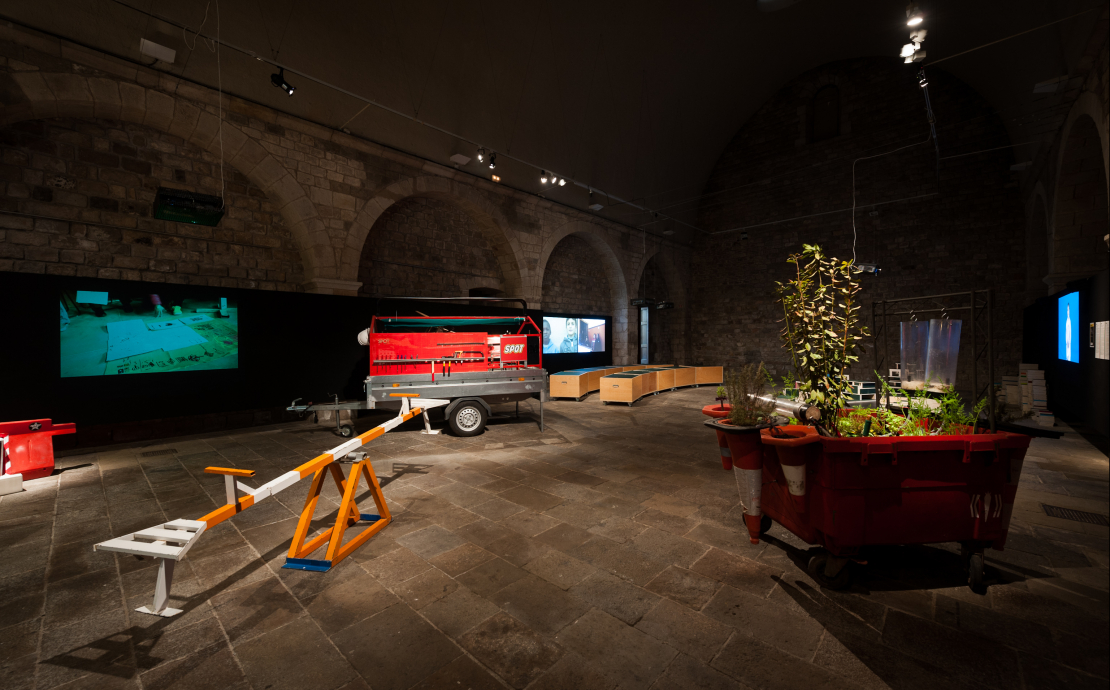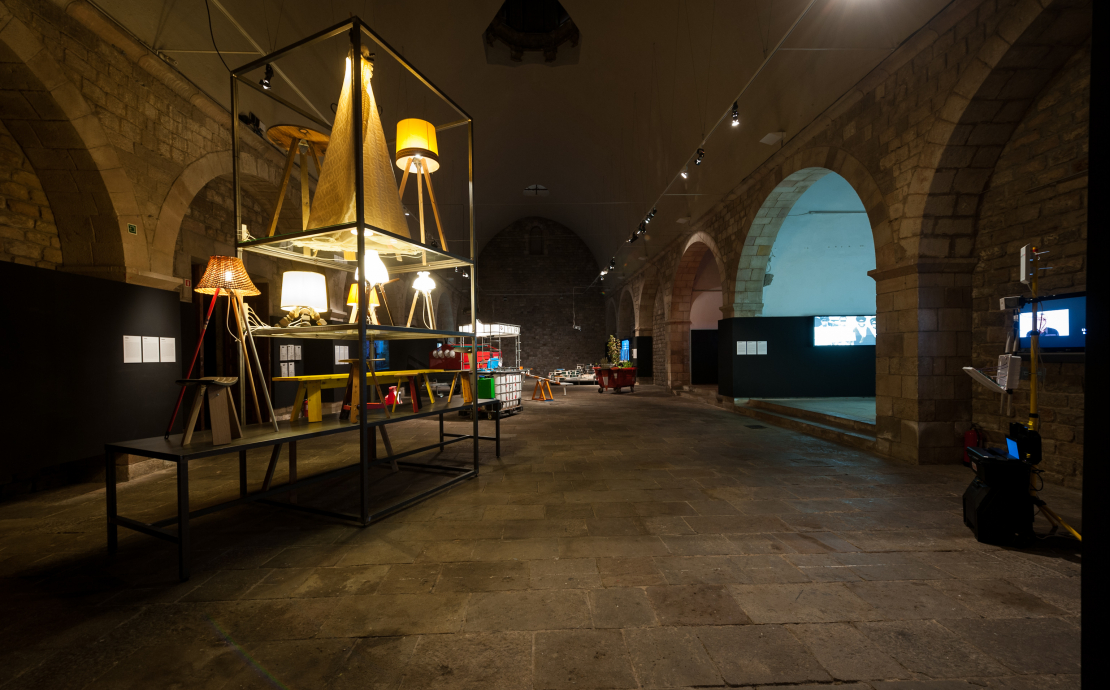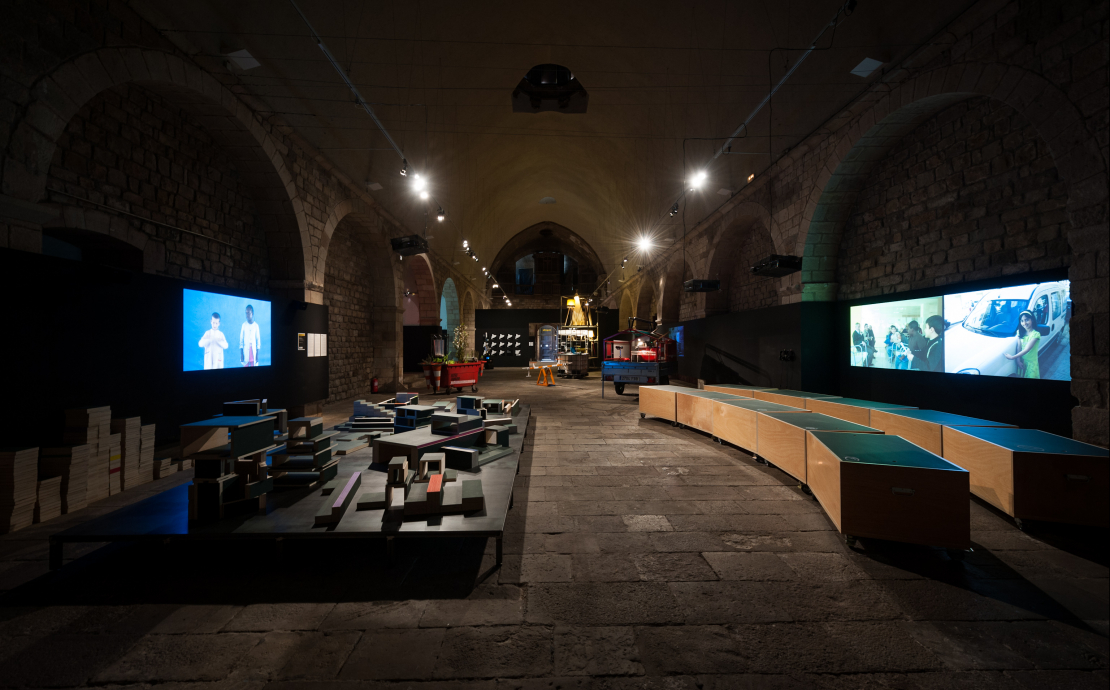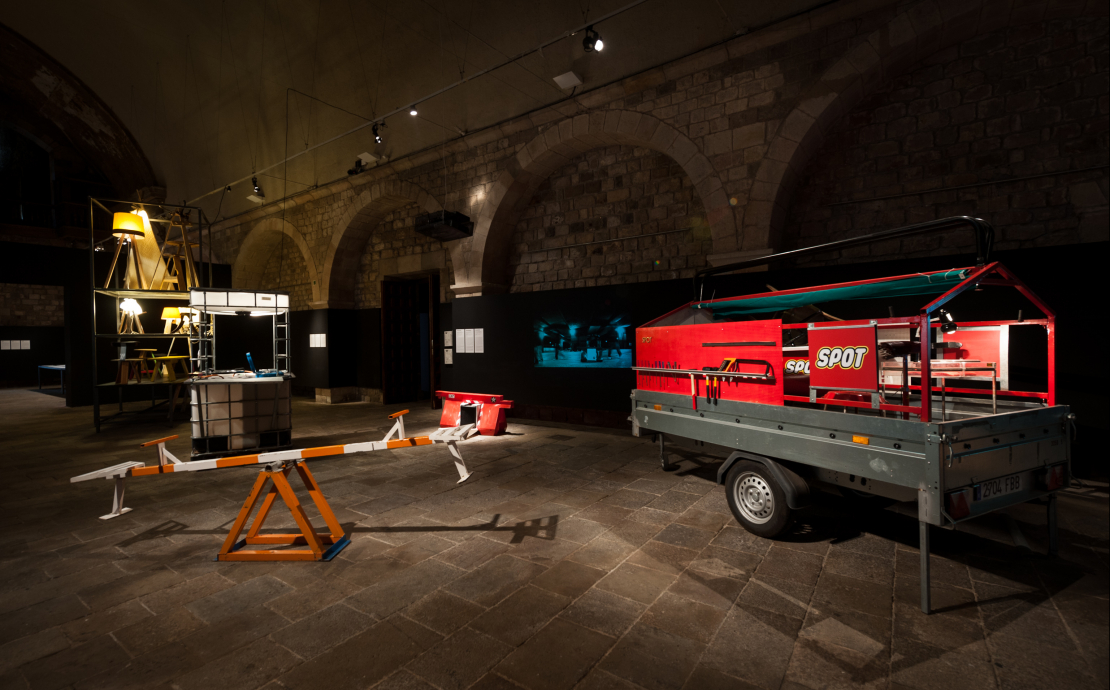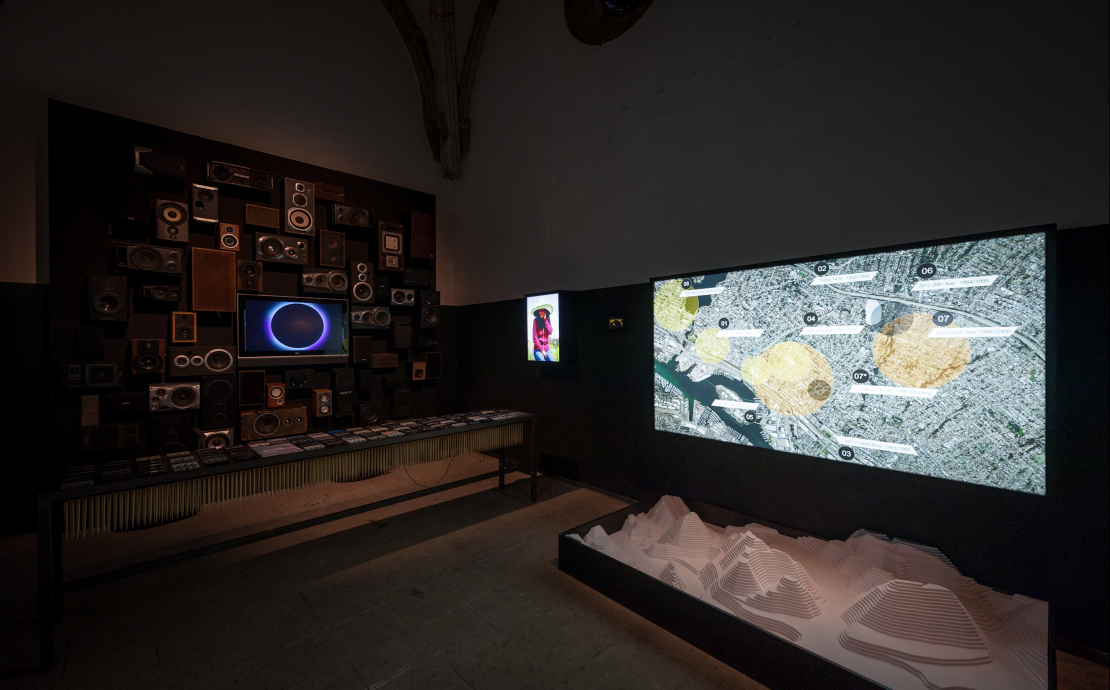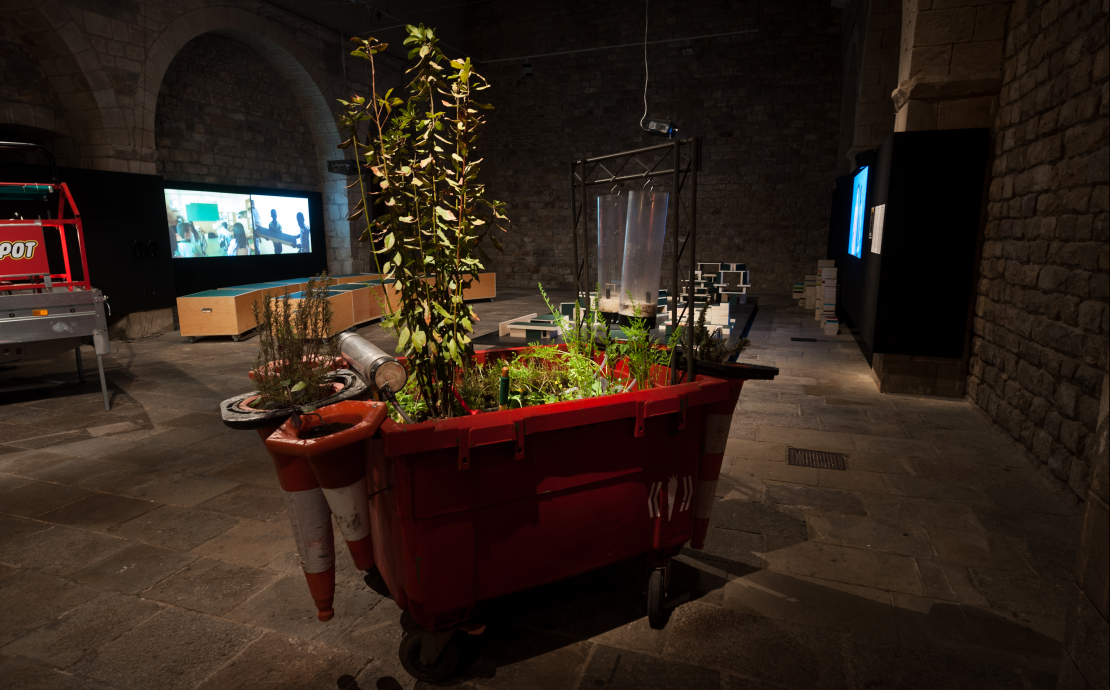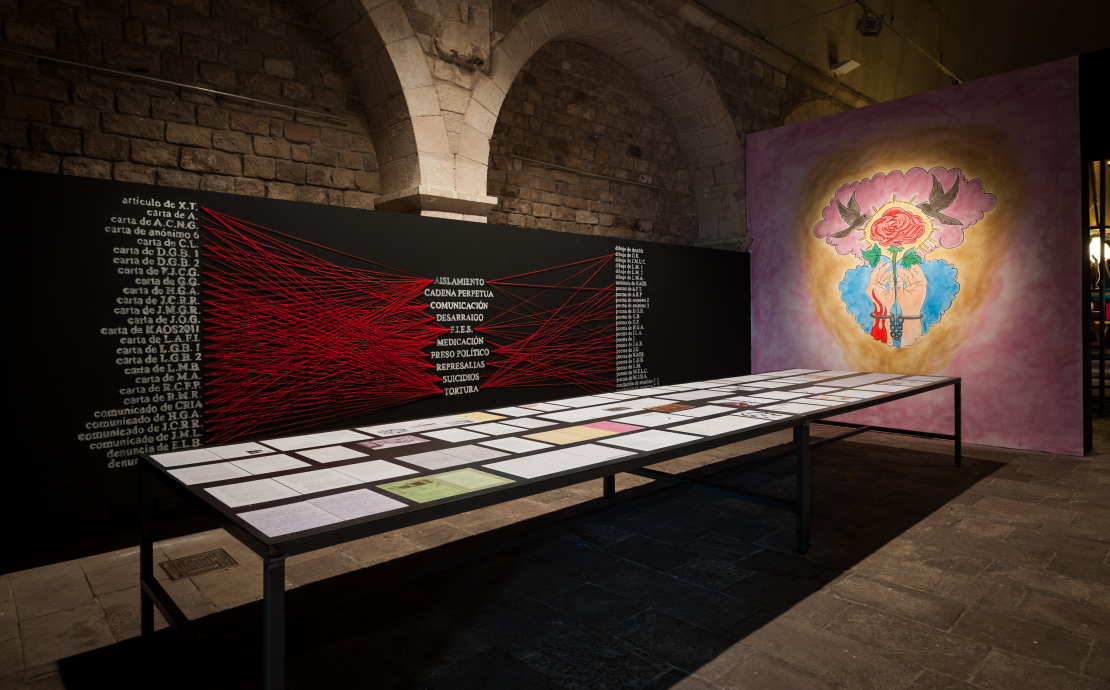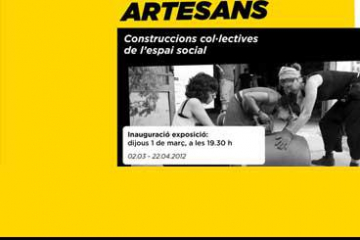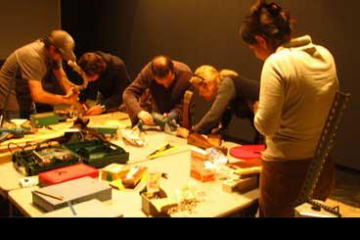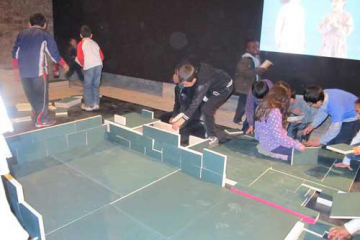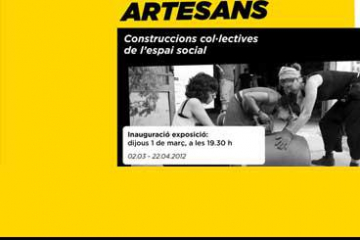CRAFTSMEN AND WOMEN. Collective Constructions of the Social Space
Craftsmen and women and Collective Constructions At a time when we are inundated with things, objects and artefacts, it is important to reflect on their value, how they were made, how we use them in our everyday lives and the extent to which we share them.
This exhibition is entitled "Craftsmen and Women" for two main reasons. The first is the age-old conflict between art and craft, the tension polarised between the concept and construction, between genius and occupation, between the effect and persistence, between uselessness and practical utility, between that which is sublime and that which is everyday, between that which is high-brow and that which is popular. This divide, fought over and widened over the years, has occupied a battleground – at an academic level as well – between the fine arts and the arts and crafts, between speculative research and applied research. It is a debate that is of special interest now that many creators are taking up aspects typical of the traditional crafts such as a mastery of techniques, the revival of proximity vis-à-vis the material they work on, painstaking care in the process, self-build, self-management, and the functionality and reproducibility of things. This is an important element that presupposes that the ways things are done and the items that are made can be learned and reproduced by other people. Art and craft can both seem to be concepts that are behind the times in these over-productive contemporary days, in which the use of things has tended to become banal and in which work is directly related to contingency and transitoriness, and less so with the process of learning and loyalty to a trade or company. Contrasting and complementing them is intended to rekindle values that remain meaningful today. And this is the second reason for the title of the exhibition, an allusion to the book The Craftsman, in which the author, Richard Sennett, analyses and expands the concept of craftsmanship, encompassing within it a series of current practices and professions, based at all times on continuing historical references, which are linked by a vocation to produce well-made pieces as an end in itself. From here, and steering it towards the exhibition, we have taken the idea that people can learn from themselves through the things they produce, forging a relationship between material culture and the space. In this instance, the idea of "Craftsmen and women" is a reference to the fact that all the projects presented in the exhibition are based on an experience of material or intangible construction, which combines aspects founded on collective effort, the transfer of knowledge, and the relationship with the territory or the social space. The exhibition carries the complementary subtitle of "Collective Constructions of the Social Space", thereby emphasising the self-managed social processes that have given rise to collective strategies, have forged links and sought alternative systems for citizens, related to or through creative practices. One of the contemporary experiences that have most obviously brought about changes in the social, political and cultural context is the series of practices that result in computer tools and technologies being built using open-source code. A mechanism based on sharing outcomes and processes, and in which the achievements made by one group or an individual are a springboard for others. A sequence or chain of elements that combines creativity, skill and material production, built and consumed through shared experience. This dual complementary connection between craft and open code brings us to a series of questions to do with the connection between citizens, creative practices and processes that have an impact on the social space: Is it possible to design and build the city using the logic of shared creativity? How is a collaborative project structured and who can take part in it? Self-sufficiency, shared responsibility, alternative practices… what are the connections we can forge with other, more institutionalised practices? Can social critique become a tool for transformation? How can new cultural practices be generated? How can they transform the social space? Is it possible to produce alternatives to today's economic models from the perspective of applied creativity? The space and the projects This exhibition project has been put together by selecting a series of works, all of them linked to the ACVic Contemporary Arts Centre at different times and in different areas of its work, which focuses on the relationship between art, education and territory. It consists of a thematic re-articulation based on projects that have featured in the centre's programme of exhibitions, educational projects or production. This selection has served to structure an exhibition space that is part store, part workshop and part place for debate, in which a number of activities will be pursued during the exhibition. The exhibition itself makes reference to processes of creation and socialisation that are usually not visible but which determine the meaning and existence of the projects presented in it. They are all a response to an idea of collective creation, of complex projects that set processes in motion, that are cataly.
Artists
Jordi Canudas, Curro Claret, Straddle3, Todo por la praxis, Santiago Cirugeda, Makea, Guifi.net, Efraín Foglia, Iconoclasistas, Mona Fawaz / Ahmad Gharbieh / Mona Harb, Stalker/Primavera Romana, Torolab, Núria Güell
PROGRAM OF ACTIVITIES
Debat sobre dispositius i usos creatius de l'espai públic
Taula rodona amb la participació de David Juárez – Straddle3; Diego Peris – Todo por la Praxis; Alberto Flores i Mireia Juan – Makea; Santiago Cirugeda – Recetas Urbanas i Gaspar Maza, professor d'Antropologia de la Universitat Rovira i Virgili.
Divendres 2 de març, a les 19 h
La Capella
Aplicació Legal Desplaçada #3 F.I.E.S.
Debat entorn del projecte de Núria Güell amb la participació de Daniel Pont i Amadeu Casellas.
Dijous 8 de març, a les 19 h
La Capella
El gran joc: Els constructors
Activitat conduïda per Jordi Canudas amb alumnes de l'escola La Sínia de Vic i l'escola Milà i Fontanals de Barcelona.
Divendres 9 de març, de 12 a 13 h i de 14 a 16 h
La Capella
Taller de Curro Claret amb alumnes dels cicles formatius de grau superior d'Arts Aplicades a l'Escultura i de Modelisme Industrial de l'Escola Massana – Centre d'Art i Disseny (UAB).
Data per confirmar
Links
Artesans: ACVIC http://www.acvic.org/ Núria Güell http://acvic.org/fies Jordi Canudes http://www.acvic.org/index.php?option=com_content&view=article&id=417:ip... Curro Claret www.curroclaret.com Santiago Cirugeda http://www.recetasurbanas.net/ Todo por la praxis www.todoporlapraxis.es/ Makea www.makeatuvida.net
Colaborators



